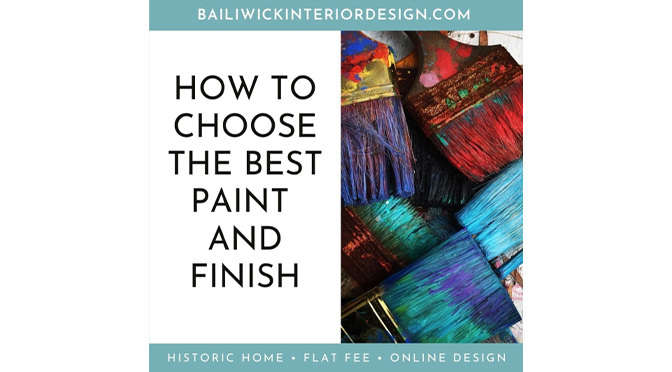|
|
By: Carrie Oesmann | www.bailiwickdesign.com
Choosing a paint color is hard, especially when more than one person is making the decision. But the reality is that we all see color in slightly different way. Not just pleasing tones but variations in hue and saturation can differ from person to person.
When someone announces their dislike for a paint swatch that you simply adore, take heart, it may be they are seeing a totally different color in their mind’s eye. It has more to do with science than your personal style or taste.
A growing number of color perception experts are trying to understand where individual differences come from. “It’s still one of the big mysteries in our field,” says Mike Webster, Ph.D., director of the visual perception lab at the University of Nevada, Reno. “People can report the same color even when their eyes filter the light in very different ways.”
Many factors can affect how we see color. Here are three special cases where you should keep views in color perception in mind:
- Older Population: The lens of the human eye becomes progressively more yellow as we age. By the time we reach 70, we see the world through a lens roughly the color of ginger ale. And studies have shown that we need 3x more light when we are 60 than when we were 20 years old – that’s a lot of light!
Tip: The yellow filter affects older peoples’ ability to distinguish between blues and purples the most. Use rich, saturated colors and lots of lighting and contrast is special needs cases.
- Northern Climate Homes: In some northern climates in North America, full-spectrum daylight is filtered in such a way that the red and orange end of the spectrum is somewhat blocked while the blue end passes unhindered. Without careful consideration, this blue-heavy light can make some paint colors appear greenish.
Tip: When testing paint colors for a room, be sure to test them on white surfaces so the color and on all the walls of the room and in BOTH incandescent AND artificial lighting. If you are choosing a color for an open floor plan be sure to test the color in both northern and southern exposure areas of the space.
- Color Vision Disorders: Eight percent of Caucasian men have some degree of red-green colorblindness, where orange, red and green typically appear gold, and colors such as violet, lavender, purple and blue are virtually indistinguishable from each other.
Tip: Take a quick color perception test such as the online Ishihara test. If you have a mild deficiency, avoid reds and greens.
All of these tips will help avoid rolling eyes and turned up noses at colors you choose when decorating your home.
Curious to learn more? Take my quiz on color and lighting to see how much the color of the lighting you select will affect the paint colors in your space. Sign up for my monthly tips and newsletter and you’ll receive my HOW-to-DECIDE GUIDE for help selecting paint colors based on the lighting in your home. TAKE MY QUIZ!
It all comes down to planning. Do your homework and consider asking the advice of a professional, especially during a larger renovation such as a kitchen, bath, or addition. It’s true, the list is seemingly endless. But the important thing is to take the time to consider lighting first, as it is a critical part of a great interior design!
Do you like getting my bi-monthly tips and insights? FOLLOW BAILIWICK INTERIOR DESIGN on INSTAGRAM for EVEN MORE GREAT INFO!
CARRIE OESMANN, ASID, AKBD, CLIPP has spent the past 20 years developing her skills and expertise in the real world of interior design. She’s created an ONLINE INTERIOR DESIGN PLATFORM so people can stay inspired and in love with their homes even in these stressful times. Check in out at www.bailiwickinteriordesign.com.
With her new blog site, “My Bailiwick”, Carrie shares her valuable insights on her experience as an influencer in global community of interior design professionals.
Carrie addresses all the aspects of interior design; working with clients, partnering with contractors and developing designs that really work within her clients’ budgets, personal taste and lifestyle. Carries insights bring the design process into focus as she explains how decisions are really made and why. And how each of those decisions impacts the big picture.
Carrie’s active lifestyle proves her mantra “A body in motion stays in motion!” So outside of her thriving design business Carrie pursues life with a passion. Whether she is teaching Pilates, training for a triathlon, traveling the world, or simply enjoying a round of golf and taking her golden-doodle Bailey to a local nursing home for a visit, Carrie is constantly on the go.







